Pomegranate Tree Types – Tips On Choosing Varieties Of Pomegranate

Pomegranates are centuries-old fruit, long the symbol of prosperity and abundance. Prized for the succulent arils inside the various colored leathery skin, pomegranates can be grown in USDA growing zones 8-10. If you are lucky enough to live within those regions, you may be wondering what pomegranate tree variety is best for you.
Pomegranate Tree Types
Some types of pomegranate fruit trees bear fruit with a rind of yellowish pink all the way up through the color spectrum to a deep burgundy. Varieties of pomegranate come in not only different exterior hues, but they may have soft to hard arils. Depending upon what you plan to use them for, this may be a consideration when choosing a plant. For example, if you plan to juice the fruit, hard or soft doesn’t matter, but if you want to eat it fresh, softer is the more likely choice. While pomegranates natural habit is that of a shrub, they may be pruned into small trees. That said, severe pruning may affect fruit set. If you wish to grow the plant as an ornamental, then this is not a consideration.
Pomegranate Tree Types
Of the pomegranate tree varieties, there are several that mature earlier, which are recommended for gardeners growing in the coastal regions of USDA zones 8-10 since summers are mild. Areas with long, hot dry summers can grow almost any type of pomegranate fruit tree. The following are some of the varieties of pomegranate available but by no means a comprehensive list:
- Sienevyi has large, soft seeded fruit, sweet in flavor much like a watermelon. The skin is pink with dark purple arils. This is one of the most popular of the pomegranate tree types.
- Parfianka is another soft seeded variety with bright red skin and pink arils that are extremely juicy with a flavor akin to wine.
- Desertnyi, a soft seeded type with a sweet, tart, mild citrusy hint.
- Angel Red is soft seeded, very juicy fruit with bright red rind and arils. This is a heavy producer and a great choice for juicing.
- Sin Pepe, which means "seedless," (also known as Pink Ice and Pink Satin) is also soft seeded with a flavor like fruit punch from its light pink arils.
- Ariana, another soft seeded fruit, does best in hot inland regions.
- Gissarskii Rozovyi is very soft seeded, mildly tart with both skin and arils a light pink.
- Kashmir Blend has medium-hard seeds. The rind is red with a yellowish-green tinge and tart to sour red arils born from a small size tree. Good fruit for cooking, especially for use with proteins.
- Hard seeded types are the best for juicing and include ‘Al Sirin Nar’ and ‘Kara Gul.’
- Golden Globe is a good choice for the coast, with softish arils born from bright red/orange blossoms that are prolific over a long season. Pomegranate types most suited for coastal regions (Sunset zone 24) are shorter season trees and are not recommended for warmer climates.
- Eversweet is a red rinded fruit with clear arils that do not stain. Eversweet may be a biennial bearer depending upon the region.
- Granada is sweet to lightly tart with dark red skin and fruit that is medium in size.
- Francis, hailing from Jamaica, is frost-sensitive with large sweet fruit.
- Sweet is a large fruiting variety with light red/pink pomegranates. Sweet is sweet, as its name implies, and is an early bearing, extremely productive variety that is also frost-sensitive.
Gardening tips, videos, info and more delivered right to your inbox!
Sign up for the Gardening Know How newsletter today and receive a free copy of our e-book "How to Grow Delicious Tomatoes".

Amy Grant has been gardening for 30 years and writing for 15. A professional chef and caterer, Amy's area of expertise is culinary gardening.
-
 Try The Trend – Turn Any Bed Into A Keyhole Garden With This Clever In-Ground Composter
Try The Trend – Turn Any Bed Into A Keyhole Garden With This Clever In-Ground ComposterKeyhole gardening is an efficient and sustainable practice that saves space. Get started on this DIY project quickly and easily with an in-ground composter.
By Bonnie L. Grant
-
 4 Superfast Composting Methods: Turn Waste Into Garden Gold In 30 Days Or Less
4 Superfast Composting Methods: Turn Waste Into Garden Gold In 30 Days Or LessTry the fastest composting methods to turbocharge your pile and transform kitchen scraps and garden waste into finished compost in just a few weeks.
By Mary Ellen Ellis
-
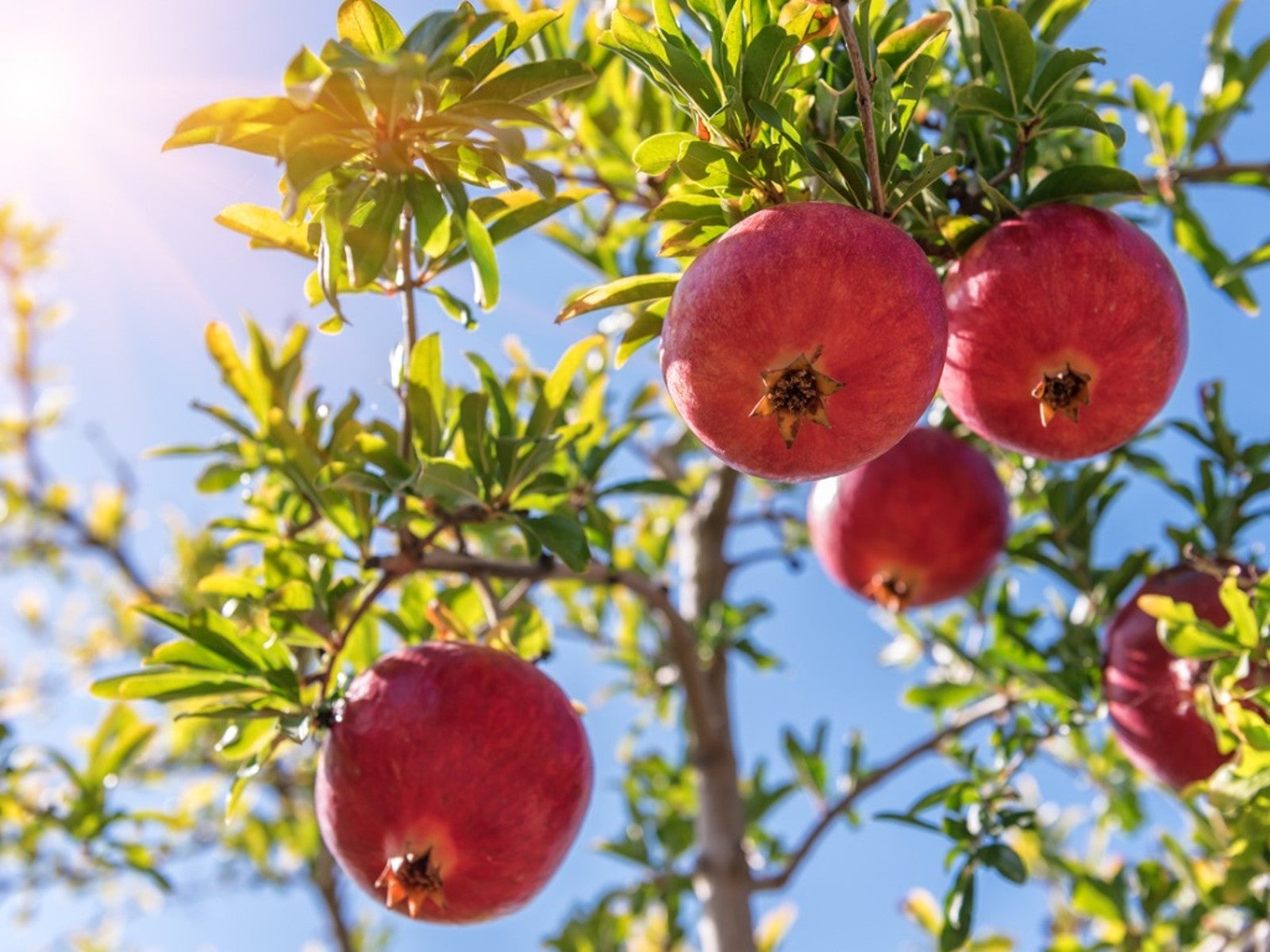 Replanting Container Grown Pomegranate – Tips On Transplanting Potted Pomegranates Outside
Replanting Container Grown Pomegranate – Tips On Transplanting Potted Pomegranates OutsideIt’s pretty easy to transplant a potted pomegranate outdoors. Click for more information on moving a potted pomegranate.
By Teo Spengler
-
 Picking Pomegranates – Learn About Harvesting Pomegranate Fruit
Picking Pomegranates – Learn About Harvesting Pomegranate FruitPomegranates have become so popular that many people in USDA zones 7-10 are trying their hand at growing and picking their own pomegranates. So how and when do you harvest pomegranates? Click this article to learn more.
By Amy Grant
-
 Yellowing Leaves On Pomegranate: Why Pomegranate Leaves Turn Yellow
Yellowing Leaves On Pomegranate: Why Pomegranate Leaves Turn YellowGrowing a pomegranate tree can be a rewarding experience filled with delicious fruits and beautiful juice, but growing these fruit trees isn't all paradise. If your plant is looking a little off, with yellowing leaves, click here to learn how to save it.
By Kristi Waterworth
-
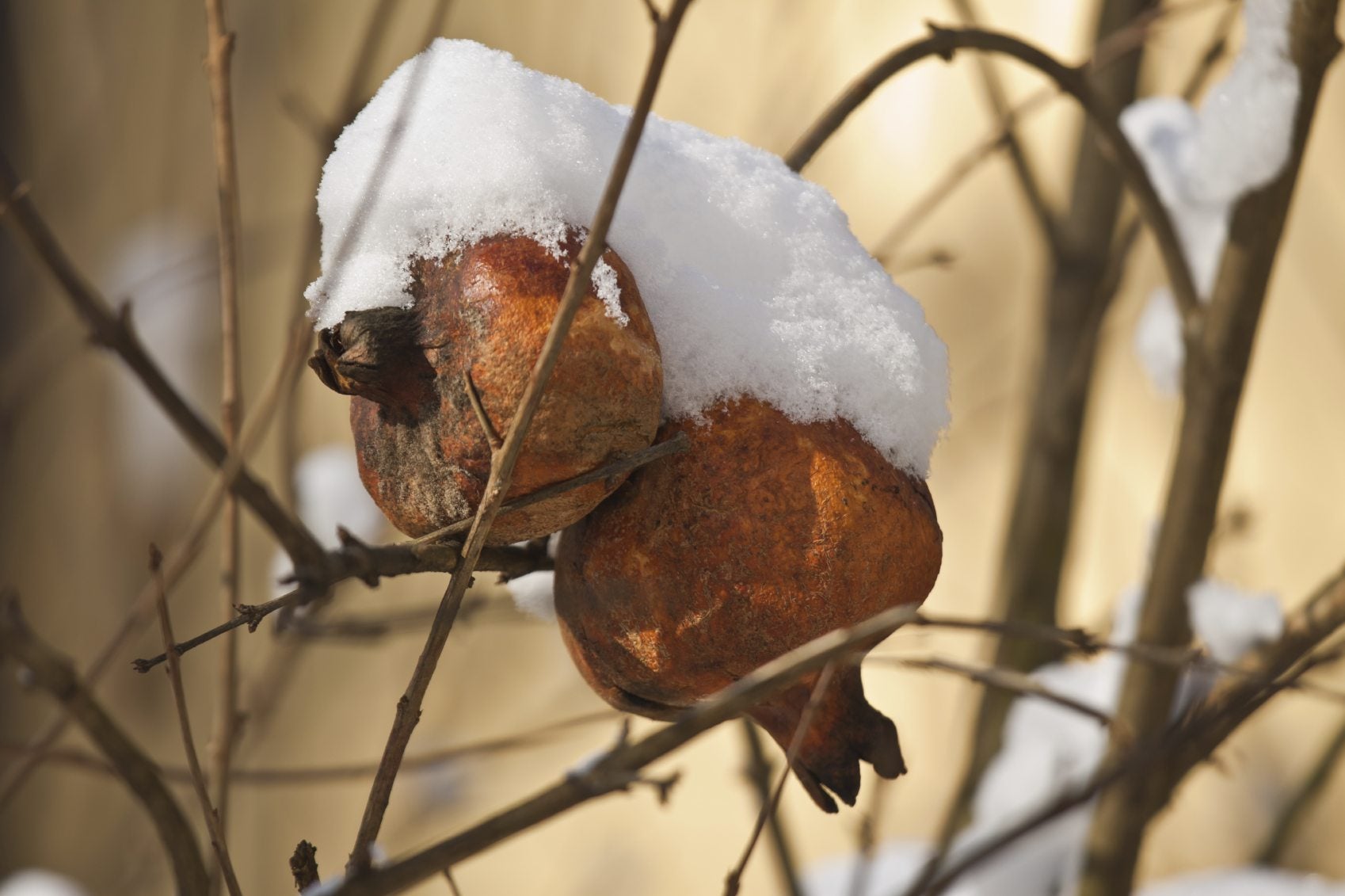 Pomegranate Winter Care: How To Care For Pomegranate Trees In Winter
Pomegranate Winter Care: How To Care For Pomegranate Trees In WinterPomegranates hail from the far eastern Mediterranean so as you may expect they appreciate plenty of sun and should be protected in the winter time. How do you go about overwintering pomegranate trees? Find out in this article.
By Amy Grant
-
 Pomegranate Tree Leaves Falling Off: Why Do Pomegranate Trees Lose Leaves
Pomegranate Tree Leaves Falling Off: Why Do Pomegranate Trees Lose LeavesPomegranates are typically grown for their fleshy, sweet-tart edible fruits. That being said, pomegranate leaf loss can be a frustrating problem for many gardeners. Click on the article that follows to learn why this happens.
By Karen Boness
-
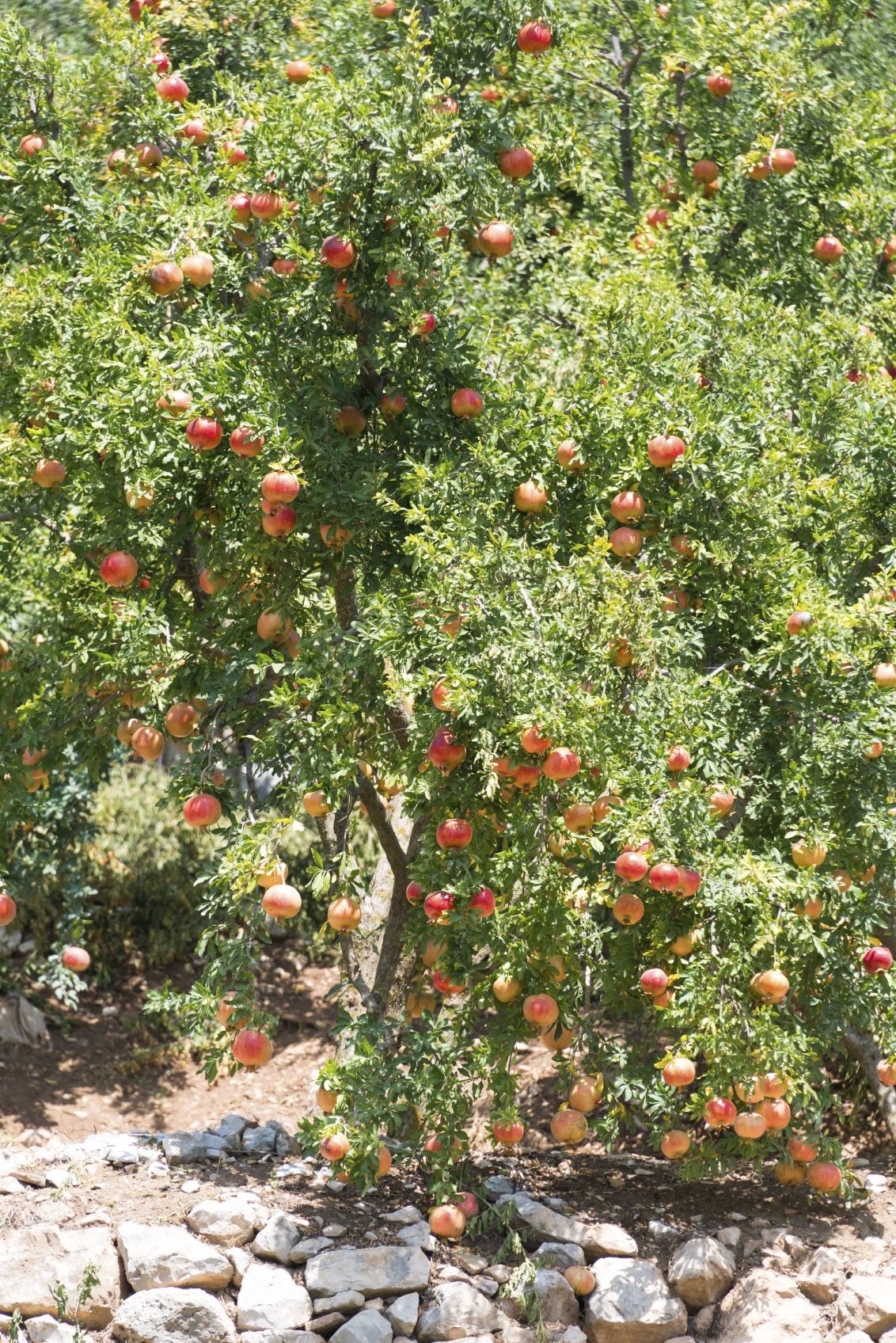 Pomegranate Tree Pruning – Learn About The Cutting Of Pomegranates
Pomegranate Tree Pruning – Learn About The Cutting Of PomegranatesIt is important to prune pomegranate trees properly if you want to increase fruit production and maintain an attractive form. Unfortunately, these two goals are in conflict. Learn more about pruning pomegranates in this article.
By Karen Boness
-
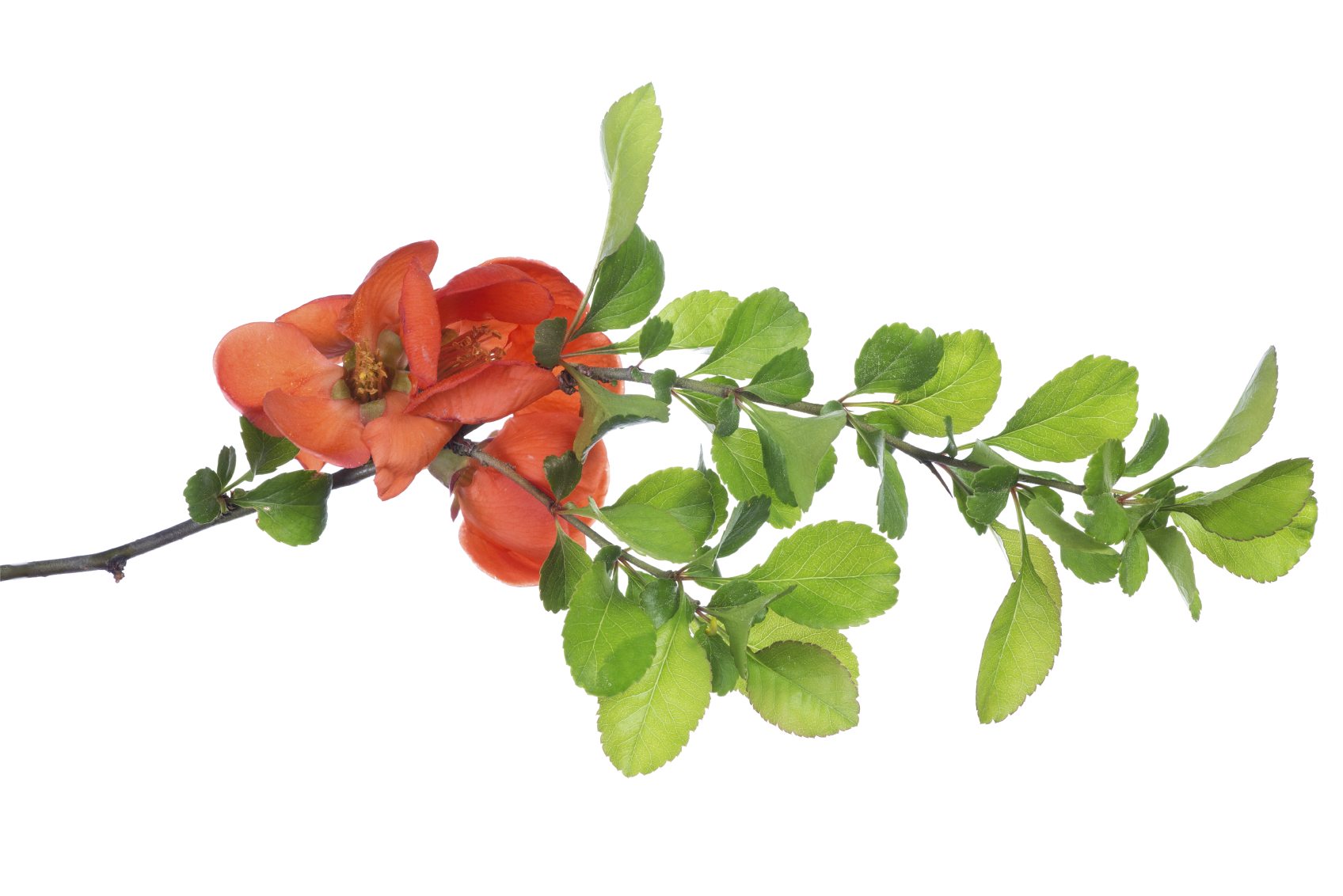 Propagating Pomegranate Trees: How To Root A Pomegranate Tree
Propagating Pomegranate Trees: How To Root A Pomegranate TreeGrowing a pomegranate tree from cuttings is cost-free and relatively easy. Find more information about how to root a pomegranate tree from pomegranate tree cuttings in the article that follows. Click here to learn about pomegranate propagation.
By Teo Spengler
-
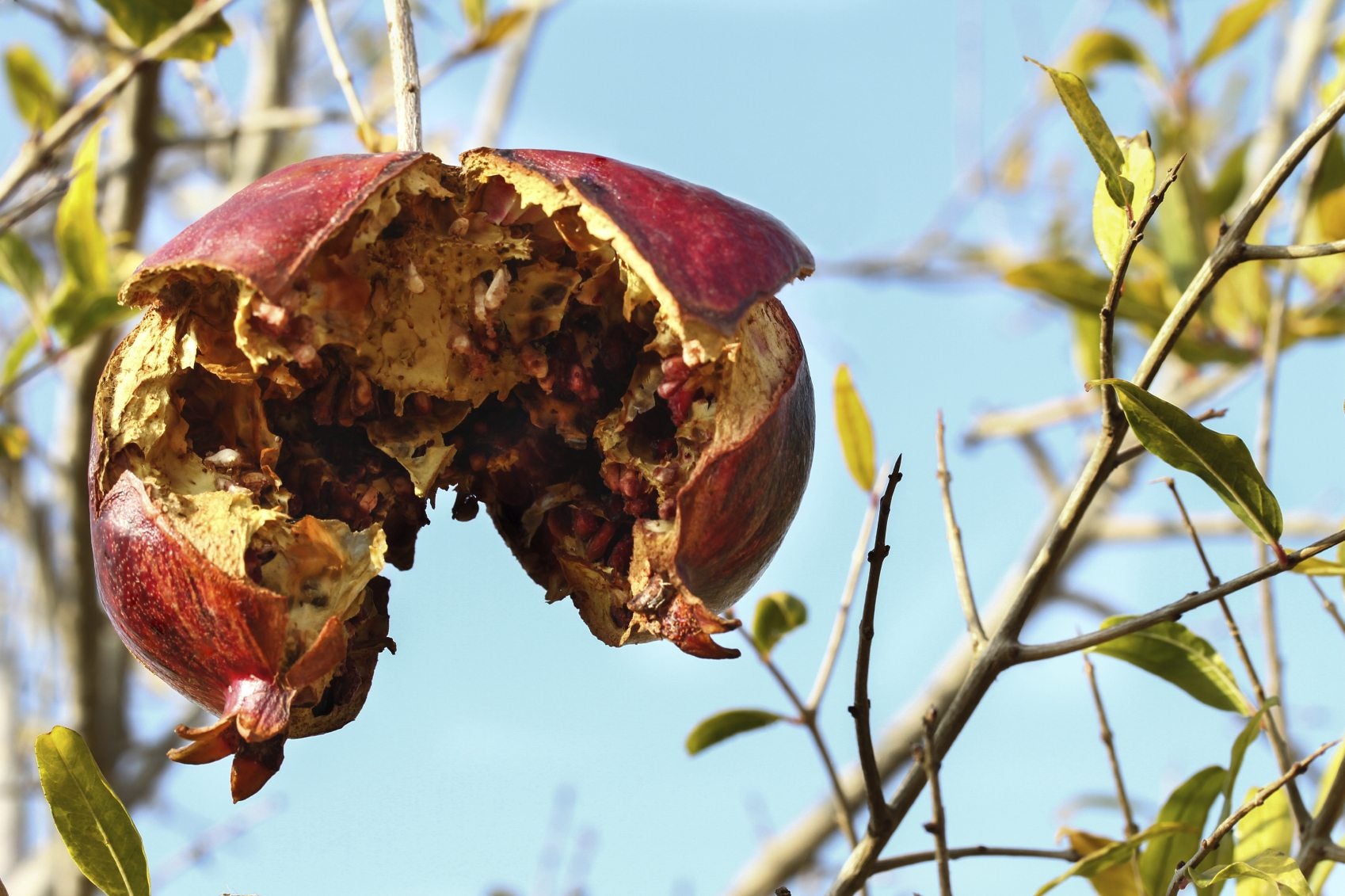 Problems Of Pomegranates: Learn About Diseases In Pomegranate
Problems Of Pomegranates: Learn About Diseases In PomegranatePomegranate fungal diseases are a common issue in plants grown in wet regions. Other diseases in pomegranate are rarer and not permanently damaging to the tree. Learn the problems of pomegranates in this article. Click here for more info.
By Jackie Carroll